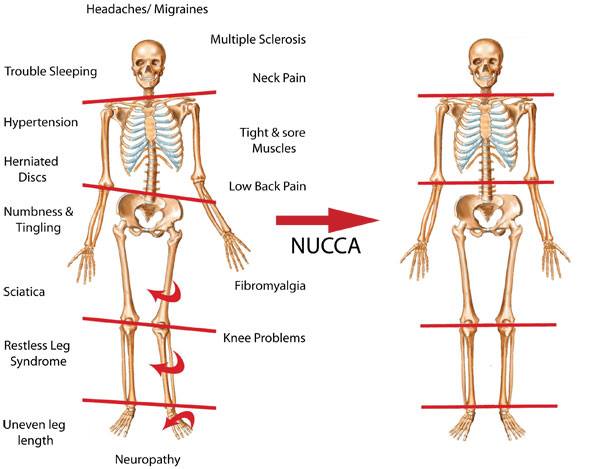
Generally, the short leg syndrome is also known as limb leg discrepancy. It is actually characterized with one leg shorter than other leg. This is commonly seen in the children than adult. Basically, the short leg syndrome is categorized into two forms such as functional and structural. The structural type is defined having a shorter leg due to hip disorder or anatomical hip abnormality, a history of injury or fracture and reduce knee joint space. On the other hand, the functional type does not consist of an imbalanced leg length. The second type has similar length of leg, but one leg looks shorter than other one. Thus, this is thought to be beneath a biochemical cause.
What causes short leg syndrome?
Commonly, the main cause of short leg syndrome is by different bone sizes and lengths or simply attained shortfalls between the legs, which are basically unbroken. There are two diverse classifications available for short leg syndrome such as functional and anatomic. While one leg is physically shorter than other because of differences in bone length or any other reasons, then it is called as anatomic SLS. Likewise, if leg seems to have diverse sizes, however physically is undamaged, this is known as functional short leg syndrome. This could be usually caused by ligamentous, muscular or any other spineless muscle injuries, overdo or any other dysfunction.

According to the research, around a few millions of people are suffered from lower back pain. Even this can have several causes and also the shorter leg syndrome represent a massively unnoticed cause for those who hurt from back pain. If short leg syndrome is not a cause of lower back pain, then it can consequence in the SLS and additional a suffering of patient. Also, the musculoskeletal system can temporarily adapt to the adverse situation like short leg syndrome. For this specific reason, most of the patients with this syndrome are discomfort free. If the patient experiences pain, then it is muscle stuff failure.
What is the treatment of SLS?
If the short leg syndrome hurts you a lot, you must plan an appointment with the restore physician, specifically one qualified specialist who takes care of musculoskeletal disorders. The patients with unproblematic limp lacking an identified cause must consider being examined as soon as possible. The pain management surgeon or orthopaedic surgeon is practiced in analysing and treating these issues to make analyses. The trained physician has enough skills and training to efficiently diagnose the short leg syndrome. For this, the treatment must be treating a cause and prescribe the heel lift intended for a short leg. The heel lift is a guileless cork inset that should be placed beneath a pad of the shoe of a short leg.






